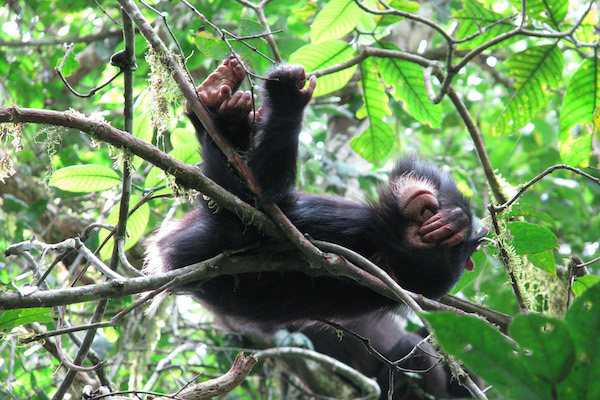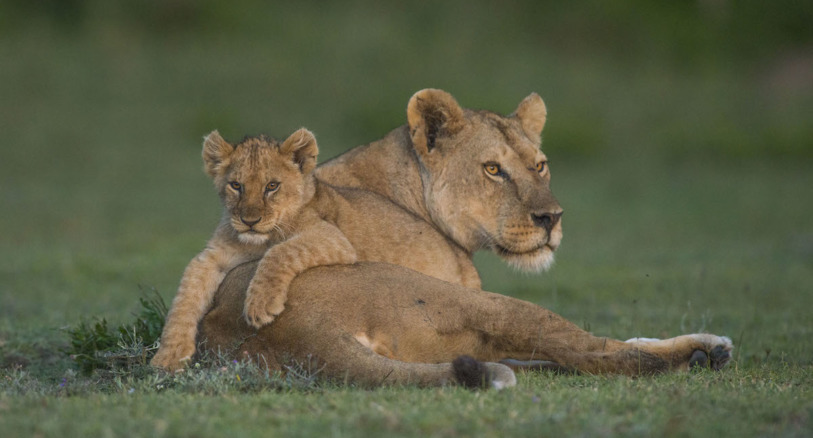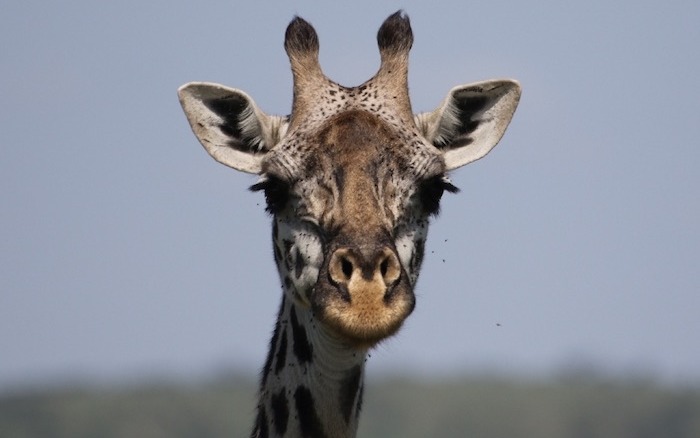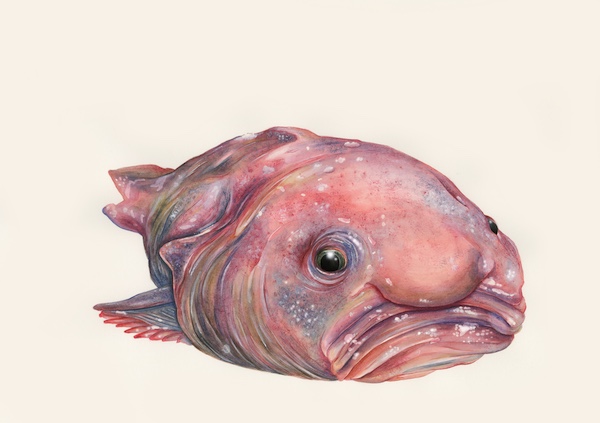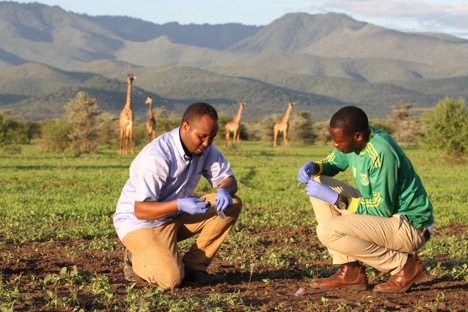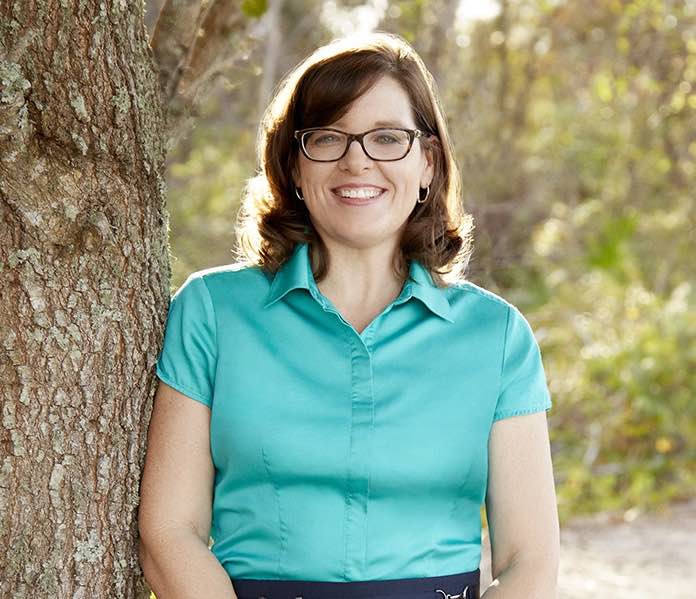
Jennifer Swanson is an author and also the creator and cohost of the Solve It! for Kids podcast.
Jennifer has published over 40 nonfiction books for children and has received many accolades including the Parents’ Choice Gold Award, and the National Science Teachers Assn. (NSTA) BEST STEM awards, among many others.
We talk to Jennifer about her latest book – Footprints Across the Planet
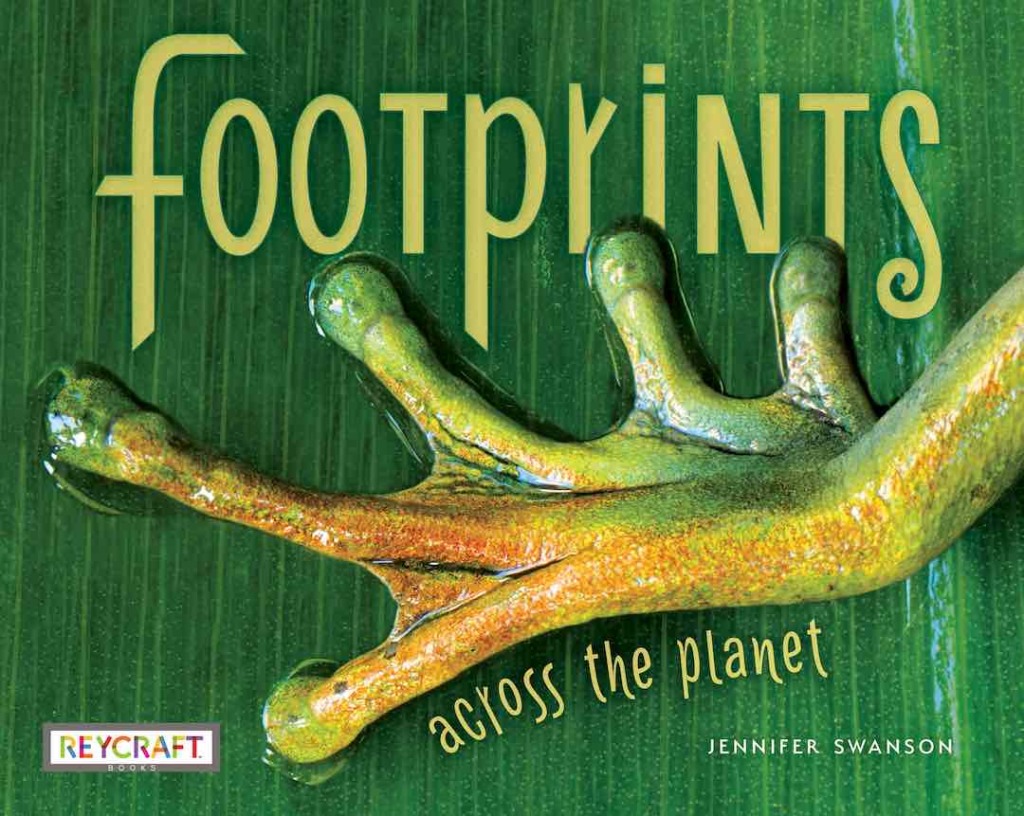
Mongabay Kids: Jennifer, you have been thinking about how people leave footprints on the Earth in different ways. What kind of footprints are you talking about besides the actual trails that our feet leave as we walk?
Jennifer: My book, Footprints Across the Planet (Reycraft Books), sends a message that every footprint – from the physical to the digital and the permanent to the fleeting – leaves a mark on Earth, telling a story of the past, the present, or the future.
I invite readers to journey around the world and experience through these vivid photographs how every being on the planet leaves an imprint, with their feet, their words and their actions. Whether human or animal, voices or activity, each mark has a purpose. To remind us of our history, give us a glimpse of our future, and maybe even inspire us to change the world.
What type of imprint will YOU leave?
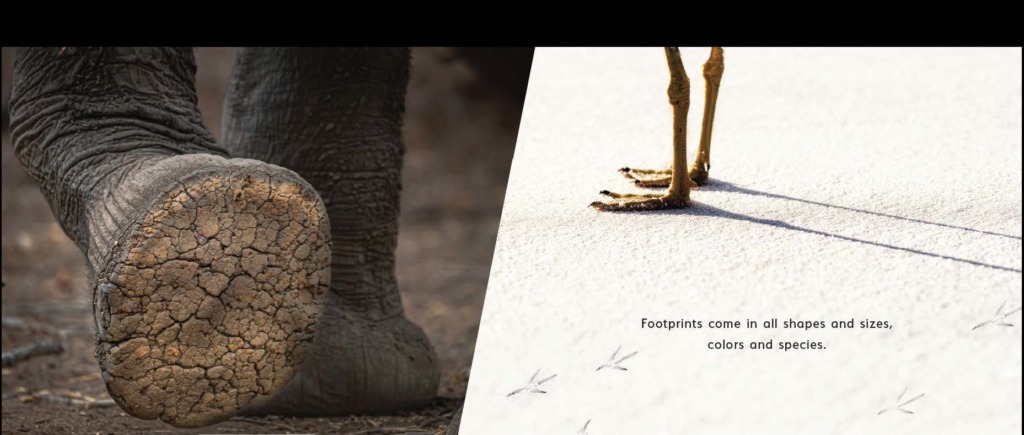
Mongabay Kids: In your research for the book did you learn anything about animal footprints that surprised you? What animal leaves the coolest footprints?
Jennifer: I didn’t realize just how big an elephant footprint was until I saw the image of the child walking in one. WOW! They are really huge! It makes you think of them as such majestic animals.
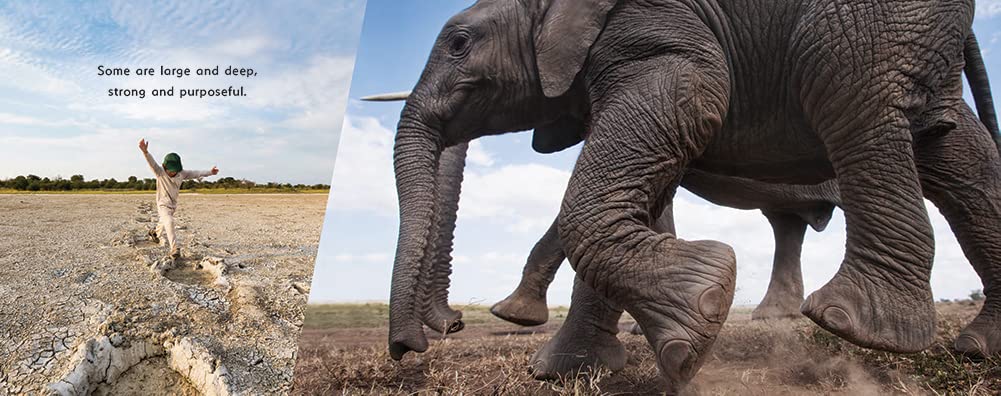
The animal that leaves the coolest footprint, well, that’s a tough one. I really loved them all. My favorite one in the book, though, might be the baby sea turtle tracks. I got to see live baby sea turtles being released this year (after they were rescued because they couldn’t get out of the nest). It was the most amazing thing!
You can see it here on my book trailer:
Mongabay Kids: What advice do you have for young people who want to figure out what kind of footprint that they have in the world in terms of how much energy they use, water they consume each day, and things like that?
Jennifer: There are plenty of places to do internet searches to figure out the type of carbon imprint you are leaving. I would say that it is enough to just be aware of it. But also that small steps, like taking a shorter shower, using reusable water bottles, or even picking up trash along the beach or street, is a fantastic place to start.
Do what you are comfortable with and don’t get bogged down in what isn’t being done on a global scale. If we all just help a tiny bit every day or every week, that will change the world.
Jennifer Swanson
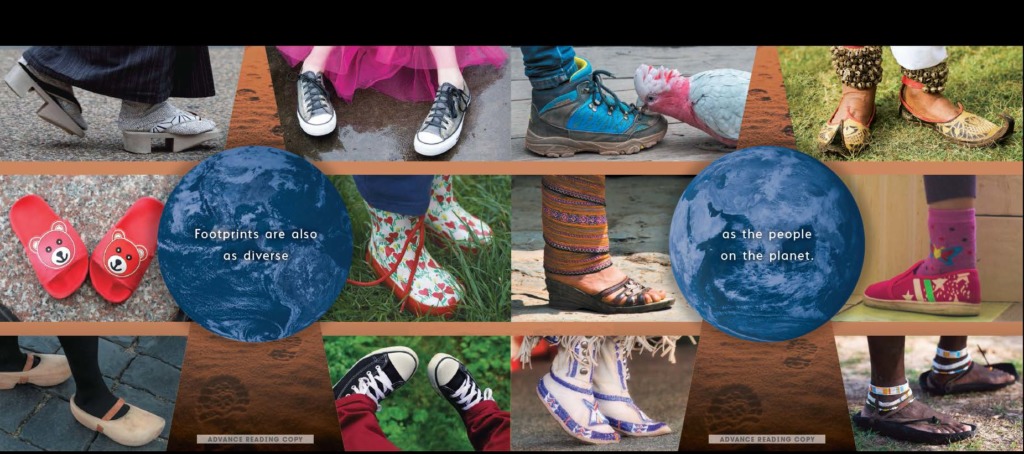
What can an individual kid do to help make the collective footprint of humans on the planet more sustainable? First of all, don’t stress about it. One of the reasons why I wrote this book was to give people a positive way to look at the world.
I wanted to show that there are many exciting and wonderful ways humans affect the Earth, and that if they just take one step, every day, in the right direction, in other words, thinking about how to support the planet, other people, and themselves, they will end up making a huge and wonderful impact on the Earth.
Activities:
Jennifer has suggested these activities that parents and educators can do with their kids or students:
Activity 1: Show me your shoes!
Have students draw pictures of their own shoes and make imprints of the bottoms of them. They can talk about why they chose those particular shoes and how they are useful to them, and maybe why they like them.
Then have the students compare and contrast shoes amongst the class. Perhaps introduce shoes from other cultures or environments and talk about why these shoes are different, alike, and important.
Activity 2: Share your pet!
Have the students draw a picture of their pet, including its footprints. Talk about the things they do to take care of it. Have them share how it makes them feel and why their pet is important to them.
Ask them how they might help a pet who was lost or hungry. And talk about the things they are learning to take care of their pet and how that might help them to take care of others or the environment.
A free educator guide for Footprints Across the Planet is available here. It contains many activities related to the book.

